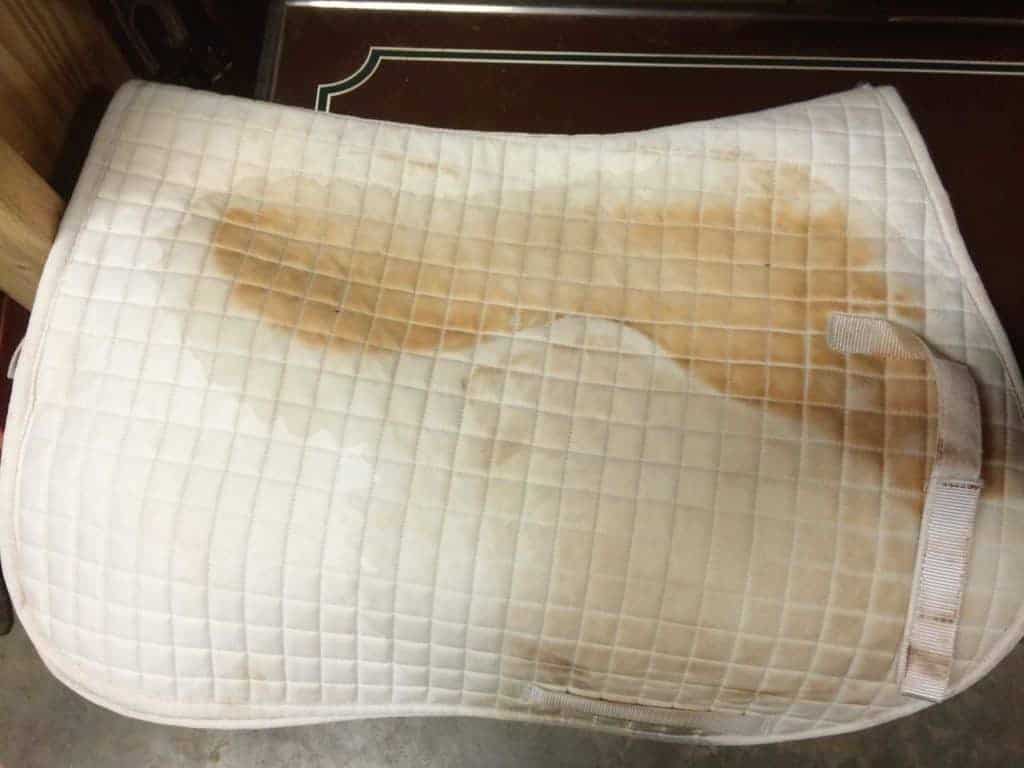
Poll Recap: Tack Cleaning
Of the 870 respondents, 298 (34%) said they clean their horses’ tack a few times per year.

Of the 870 respondents, 298 (34%) said they clean their horses’ tack a few times per year.

While Western saddles had uneven pressure distribution, study horses showed no signs of saddle-related discomfort.
The review appeared in the British Equine Veterinary Association’s Equine Veterinary Education.

When was the last time you went through the saddle fitting process with a new prospect (or old), and what did you learn?

An equestrian facility architect and a horse management expert answer your questions about designing and improving horse properties and farms.

Watch for these telltale signs of poor saddle fit in your horse’s body, behavior, and movement.

From excessive dirt accumulation to dry spots, here’s what the sweat patterns under your saddle are really telling you.

Of the 873 respondents, 257 (29%) said they use electric fence on their horse farm or facility.

Here’s how to design your dream equestrian setup–in this case, on a small acreage.

A poorly designed or damaged saddle affects not only your riding but also your horse’s comfort. Learn what to watch for.

Of the 338 respondents, 121 (36%) said they use or are most familiar with Ritchie waterers.

Trees, sheds, and other structures can provide horses relief from wind, rain, heat, and more. Here’s what to remember.

Saddle fitters use tracing or templating to record the shape of a horse’s back. Here’s how it works.

Dr. Ray Smith, forage extension specialist at the University of Kentucky in Lexington, talks about pasture testing with a focus on ergovaline levels in tall fescue grass.

Some sores, injuries, and infections can make saddling a painful process for your horse. Here’s what to watch for.

Learn about common issues owners encounter with their horses’ spine and saddle fit and how to treat such issues.
Stay on top of the most recent Horse Health news with
"*" indicates required fields